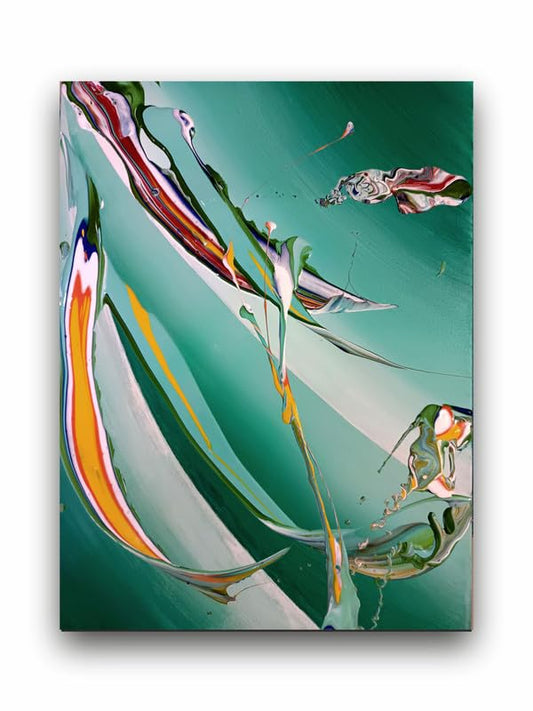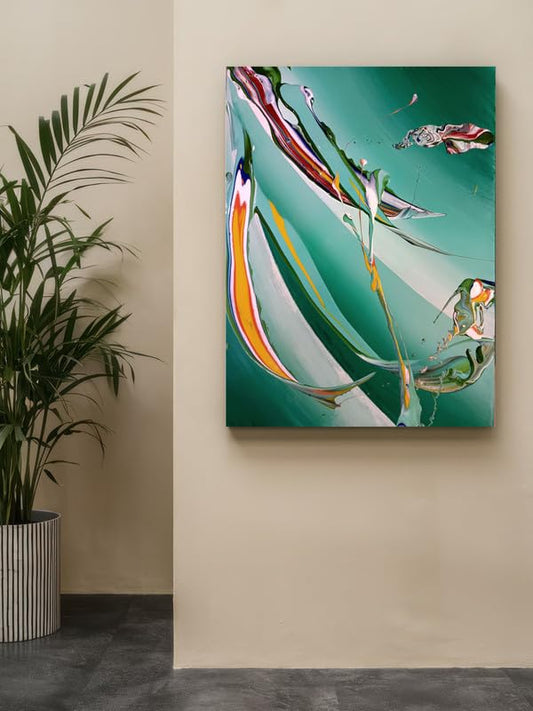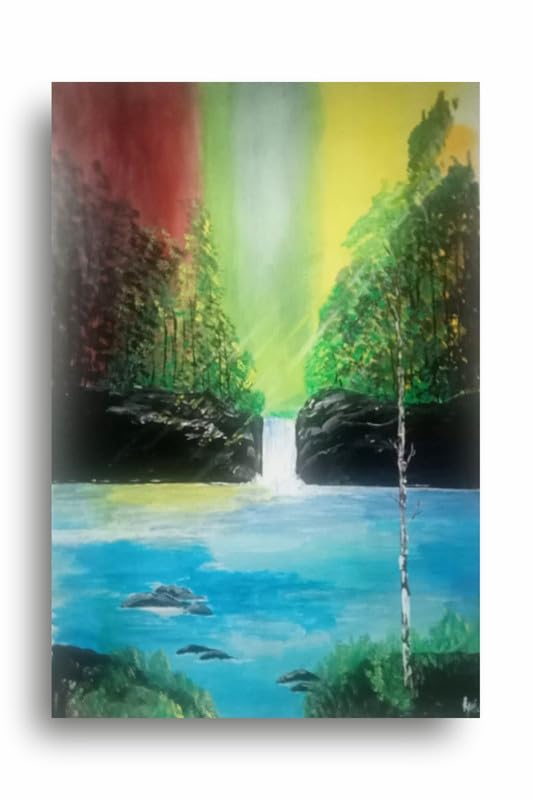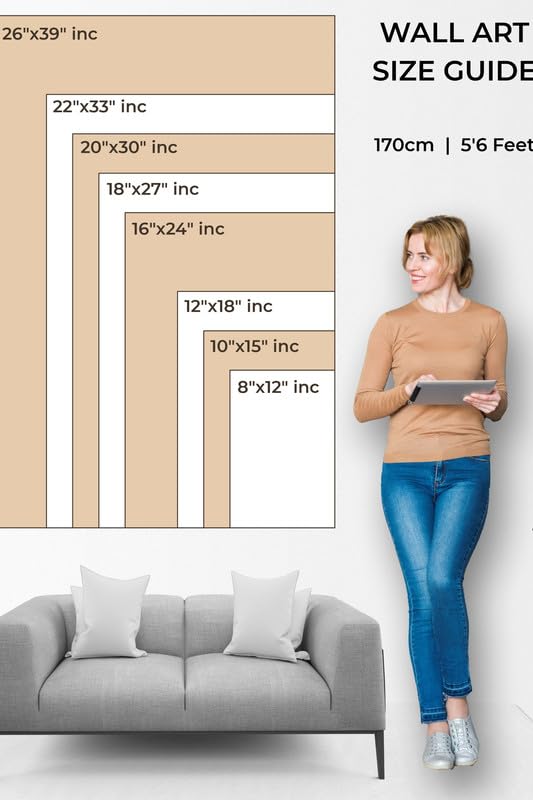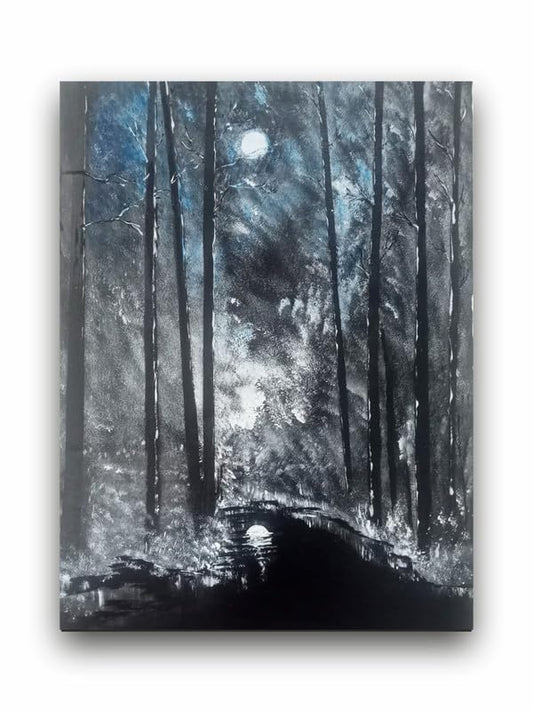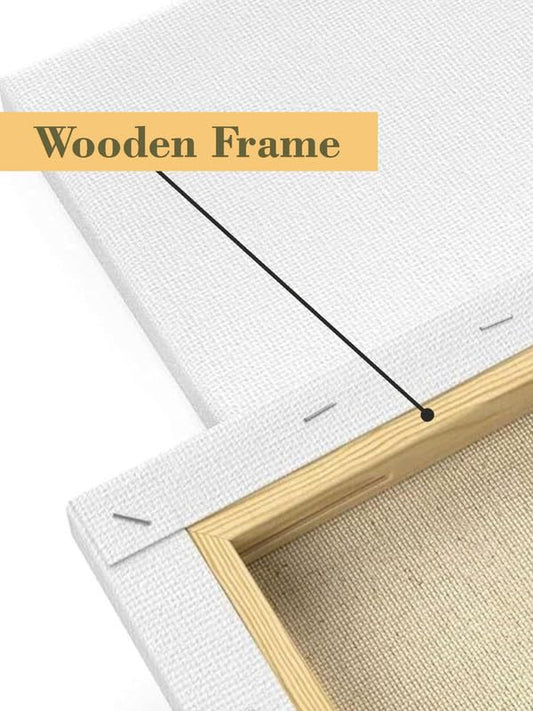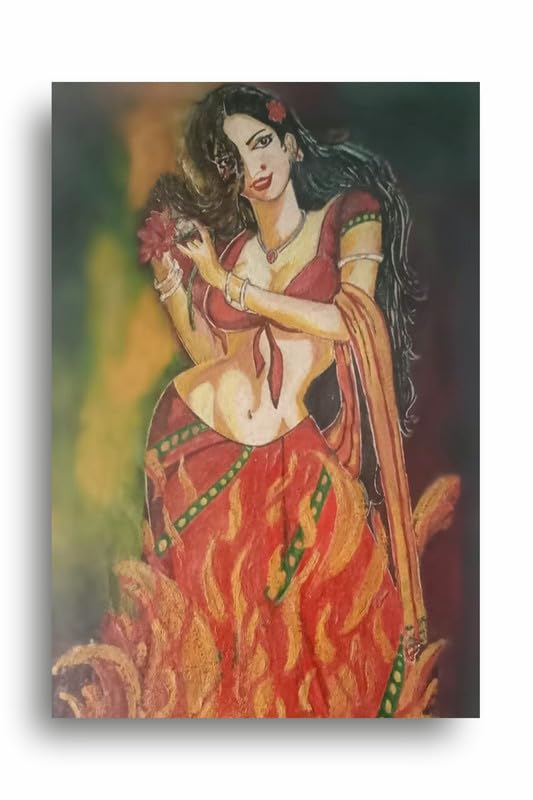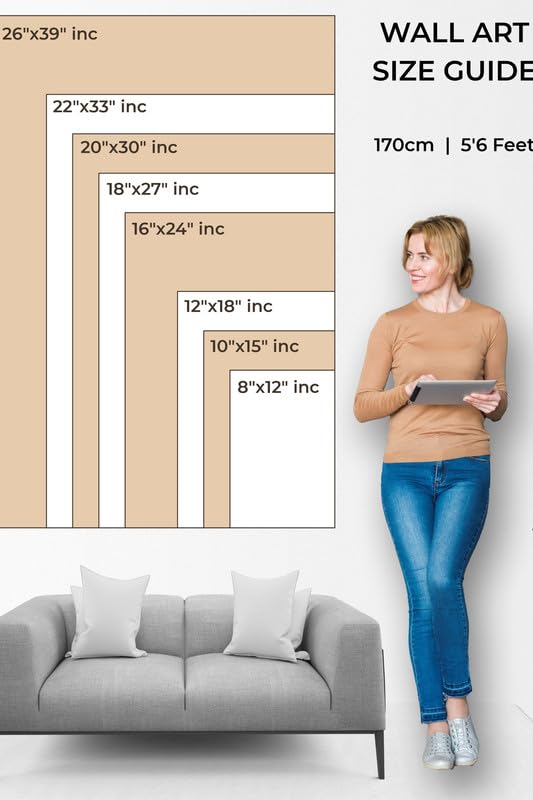
Abstract Art for the Purpose of Telling a Wordless Story
Abstract Art for the Purpose of Telling a Wordless Story
Abstract art is an incredibly strong medium that has also reached the point of telling deep emotions, complex ideas, and even a narrative without having to literally carry out its representation. Be it through colors, shapes, textures, or lines, abstract art articulates itself in a way that has more non-literal meaning to it but brings the most depth in interpreting the whole artwork from the viewer's perspective. But how does abstract art tell a story without words? Here's how you could use this highly expressive form of art in narrating your own story or understanding a story from an artist.
1. Color Tells a Story
One of the most direct ways that abstract art tells a story is through the use of color. Different hues evoke different emotions and moods. For instance, yellows and oranges might speak of joy, vivacity, or tension; whereas dark ones, such as blues and blacks, might relate to sadness, mystery, or introspection. If you give voice to colors by using shades that connect to your emotions or those that you would want to share in your story, you can be heard saying much without ever saying anything at all through a visual language.
2. Play with Shapes and Forms
The primary role of shapes in abstract art is storytelling. Geometric shapes with sharp lines may indicate construction, order, or imprisonment, whereas fluid, organic shapes may reflect freedom, chaos, or beauty from nature. Conflicts and relationships can be depicted through the intersection of shapes and the relationship they have with one another. For example, sharp, angular lines closing in around one circle may indicate isolation or weakness. Conversely, overlapping circles might symbolize unity and interconnectedness.
3. Textures and Movement Increase Dimensionality
Texture and movement in abstract art also are narrative. A rough aggressive texturology like brushstrokes can be turmoil or fighting against the situation or oneself, while smoother fluid strokes can easily indicate peace and serenity. The strokes' direction, whether movement is upward, downward, or mere chaotic swirls, may suggest different emotional journeys. All these elements create an energy or a stillness that would help a visual narration of the rhythm of a story.
4. Encourage the Audience to Interpret
Abstract art is so liberating, as no two people explain it the same way. People bring into the piece their own experiences and emotions. This is precisely the reason abstract art is a very telling form of storytelling. What may turn out to be inner turmoil for one person is a moment of revelation or hope for another. Abstract art appeals to the observer's imagination and personal experiences to develop a story that lies in colors and shapes.
Conclusion
Not constrained by the limiting boundaries of traditional storytelling, abstract art proffers a universal language speaking directly to your emotion, your subconscious. Carefully selecting colors, shapes, or textures create or appreciate a story told without words-one speaking to the heart rather than the intellect.
Abstract Art for the Purpose of Telling a Wordless Story

